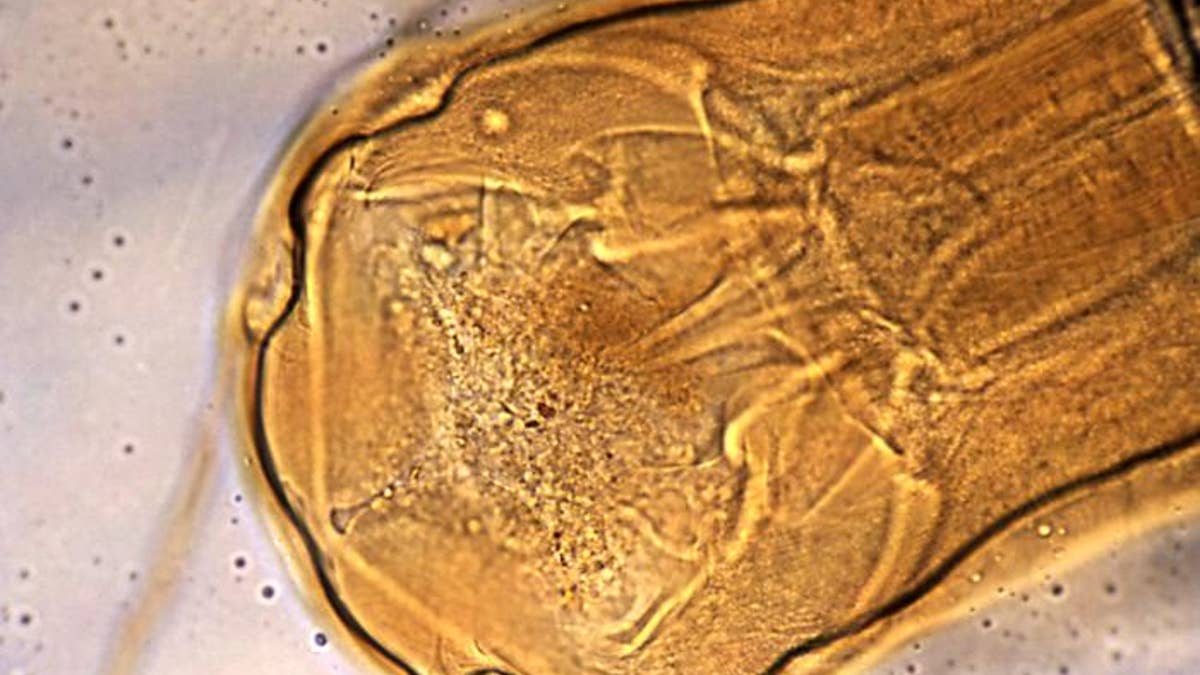
Head of Necator americanus (hookworm), and its mouth’s cutting plates.
The hookworm, found in raw sewage and thought to be eradicated from the United States, has crawled its way into Alabama, where residents are growing increasingly fearful of the potentially life-threatening parasite.
“I had someone who came and visited and told me these are conditions they saw in Brazil before Zika,” said Catherine Flowers, founder of the Alabama Center for Rural Enterprise.
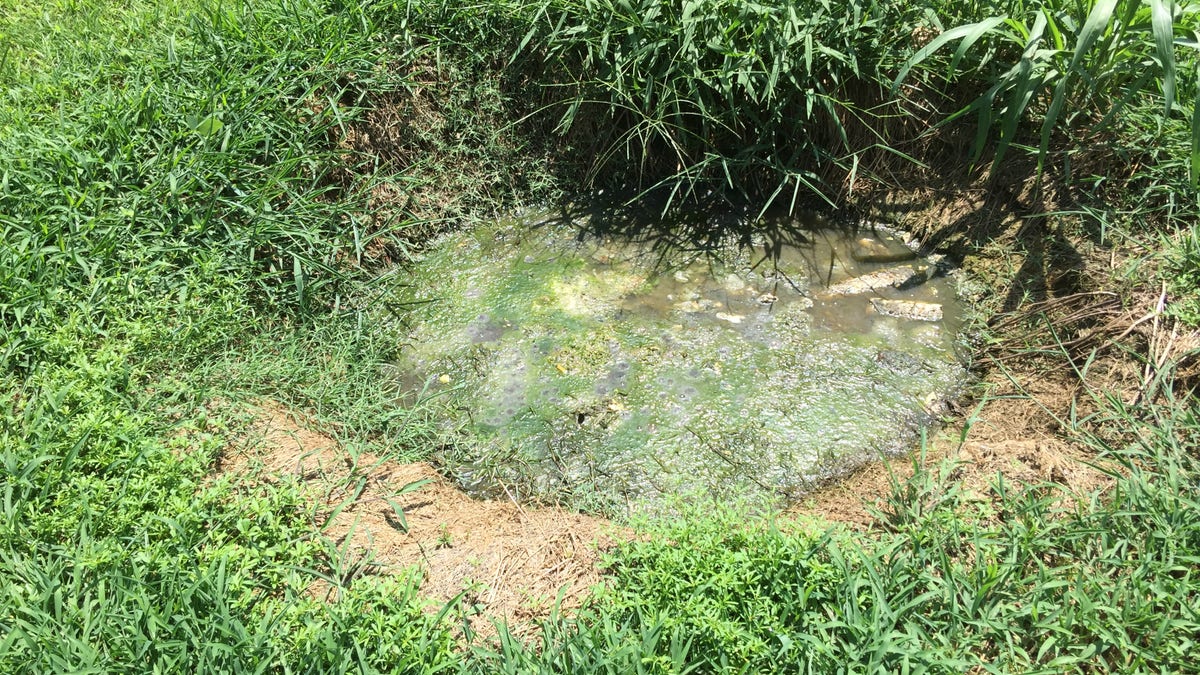
Raw sewage pit in resident's backyard, Lowndes County, AL.
Soil is prime real estate for tiny hookworm, known as necator americanus larvae and generally associated with warm, humid parts of Southeast Asia or Latin America. It is small enough to burrow into human skin, causing a sensation known as ground itch. Once larvae penetrate the skin, they travel through the blood to the lungs usually causing a cough.
As they tunnel up the windpipe, they are often swallowed. Once attached to the small intestine, they suck blood from their human host to survive. This puts people at risk for physical and cognitive delays, particularly children, as well as anemia.
While the hookworm infection affects 430 million people worldwide, the parasites were thought to be eradicated from the United States. Lingering poverty and poor sanitation have brought it back. Of 55 stool samples taken in Lowndes County, Alabama, 34.5 percent tested positive for hookworm.
Hookworm eggs are found in raw sewage — a sight presumed more common in rural Thailand or on Caribbean beaches than it is in Lowndes County, Alabama. There, untreated wastewater can be found pooled in many residents’ backyards.
“This should not exist here,” said Flowers. “We have too many resources to not put forth the effort to solve this once and for all. It’s not just the Lowndes County story. Lowndes County kind of shines the spotlight on it like Flint and lead in the water. But it’s a problem of infrastructure that should have been addressed and has not been addressed.”
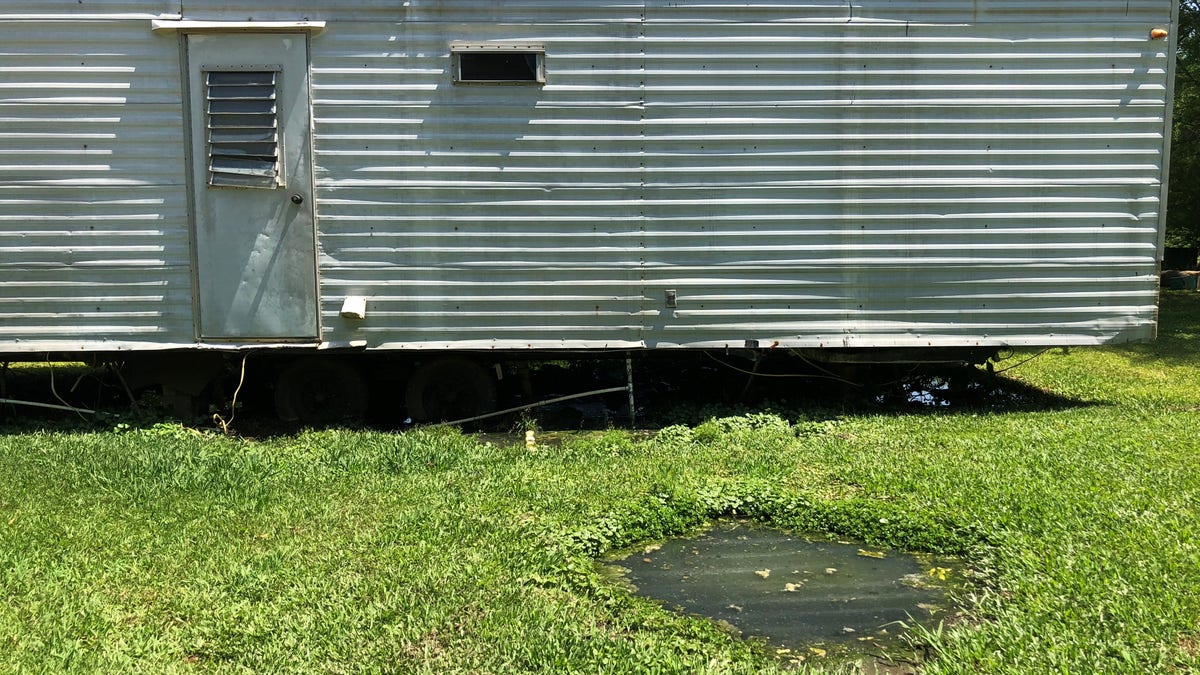
Raw sewage pit in yard of home, Lowndes County, AL.
Many residents either have trouble with their septic systems or simply do not have them. Citizens deal with their waste in three ways, according to Flowers.
In a county comprised of little more than 10,000 people, some poverty-stricken citizens dispose of wastewater via “straight-piping” or running a PVC pipe from their home directly onto the ground untreated. Flowers says it’s not uncommon to see fresh water lines traverse pools of raw sewage.
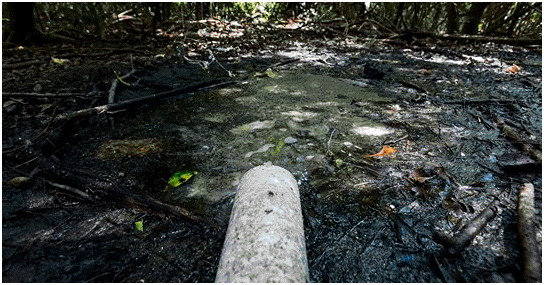
PVC or "straight" pipe carrying waste from home directly onto ground in Farmersville, Lowndes County, AL.
Residents with a septic system install them, but often run into a problem due to the nature of the Black Belt’s soil. Historically, the rich black soil of the region served the American economy well since it was suited to growing cotton. Today, that same soil is a nightmare for waste disposal. It does not absorb water. It creates pools and causes sewage to back up in pipes. In times of heavy rainfall, many residents can count on a backup of sewage in bathtubs and sinks.
Flowers, a Lowndes County native, has taken the area under her wing with the hope of bringing attention to its troubling issues.
Flowers is one of the authors of a startling study released in 2017 about hookworms found in Lowndes County residents. She also coordinated a visit from United Nations special rapporteur Philip Alston, who was appalled at conditions he saw. According to the study, hookworms were not the only parasite discovered.
Strongyloides stercoralis, a roundworm, and Entamoeba histolytica, another tropical parasite, were found along with hookworm in some stool samples. Both can cause uncomfortable bouts of stomach cramping and diarrhea.
“There has not been a news crew that has come and visited me that has not walked away shocked,” said Flowers. “They walked away shocked because it’s in plain sight.”
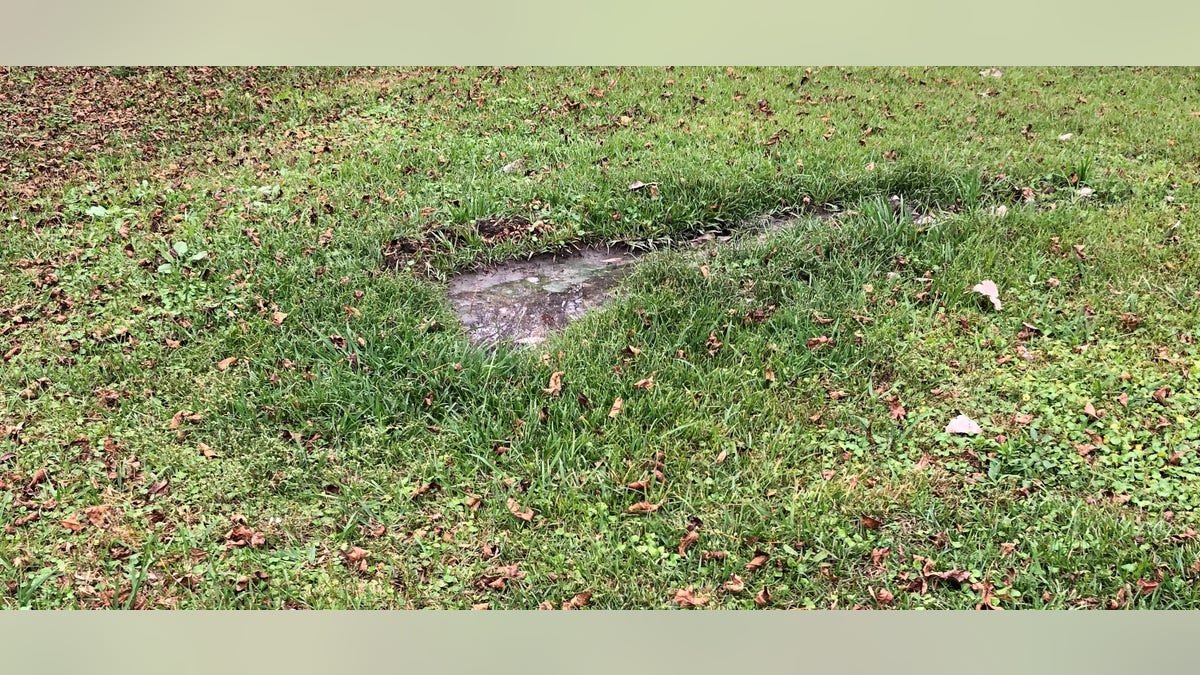
Raw sewage in residential yard, Lowndes County, AL.
And by “plain sight,” Flowers is nodding to Lowndes County’s history as the focal point of the civil rights movement. Lowndes County sits between Selma and Montgomery.
“Just about every president of the United States has been to Selma. They either went while they were president or they went after. A lot of them were there representing both parties during the 50th anniversary of the Selma march. And you have to pass through Lowndes County to get there.”

Presidents Clinton, Obama and Bush outside Lowndes County, Ala., at anniversaries of "Bloody Sunday" in Selma, Edmund Pettus Bridge.
For the county steeped in muck, mire and history, there is a bright spot.
The Alabama Department of Public Health (ADPH) is spearheading the Lowndes County Unincorporated Wastewater Project. Led by Bureau of Environmental Services director Sherry Bradley, the project seeks to get septic systems to impoverished residents. The department has the support of Sen. Doug Jones, D-Ala., and Rep. Terri Sewell, D-Ala.
“We are choosing 100 homes on a first come, first served basis,” said Bradley. “Unincorporated is key — we don’t want to step on local government’s toes.”
The project has been in the works for the past year and the department is pursuing funding. Bradley says the USDA has verbally approved her application for $2.5 million. The department is also receiving donated toilets, faucets and showerheads from manufacturer Lixil.
“If you don’t have a septic system or it doesn’t work, you will be eligible,” said Bradley, who has been employed by the ADPH for 41 years.
The project will offer two types of systems — conventional and engineered. A conventional system will be offered to residents who live on good soil that absorbs water or, as Bradley refers to it: ‘bama soil. An engineered system will work best for residents who live on the more common impermeable ground the Black Belt region is known for.
A sewer system in Lowndes County can run anywhere from $10,000 to $30,000, according to Flowers. In a county where nearly 32 percent of residents live in poverty and the median household income is about $28,000, this can be burdensome.
“We will pay for the systems up front. The owner has to agree to be trained and pay $20 per month for the life of their system.”
In addition to the monthly $20 maintenance fee, there is a larger one-time payment of $500 for the conventional system or a one-time payment of $1,000 for the engineered system. The health department is partnering with foundations to help fund down payments.
The program is expected to launch in January 2019. Bradley has already been receiving calls from residents in need.
“The Department of Health has been sitting back for many years getting bad press. We don’t set up infrastructure, but people act like everything is our fault. We got beat up in the paper. That was wrong because we do care,” said Bradley.
“Here there’s kind of an intersection between the issues around water and health and also environmental justice. I do feel that we’re going to be able to solve this problem because now we have a conversation that we weren’t having before about it,” said Flowers.
Bradley summed up her outlook simply.
“The trick is to stay positive and stay focused.”
